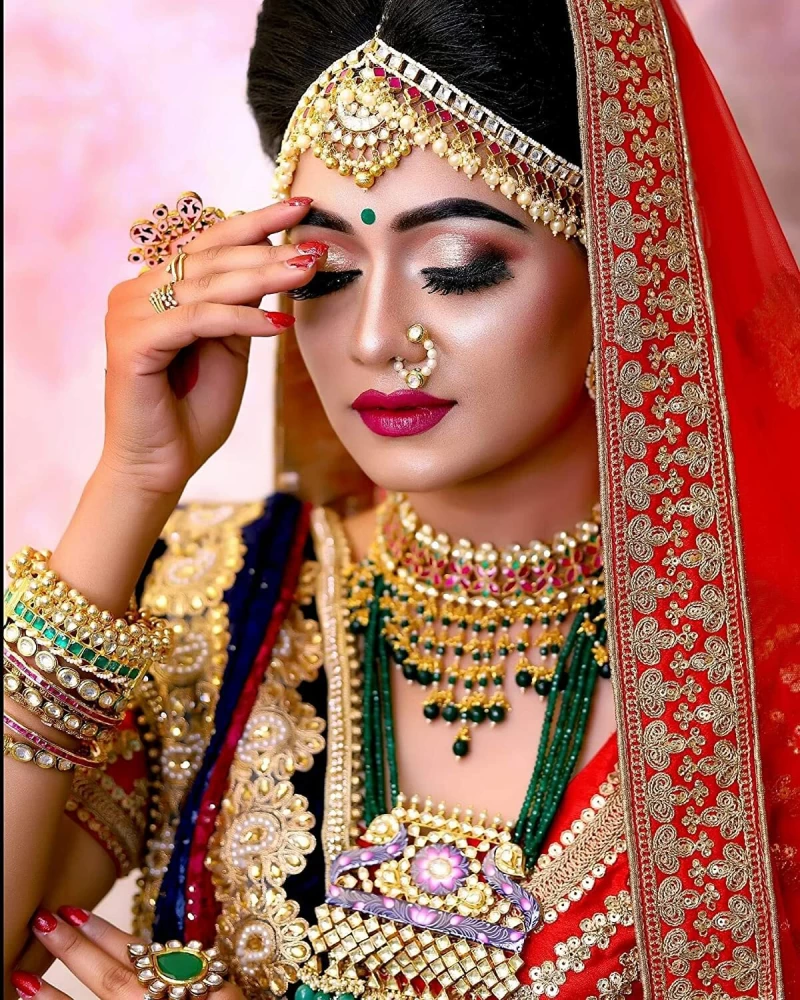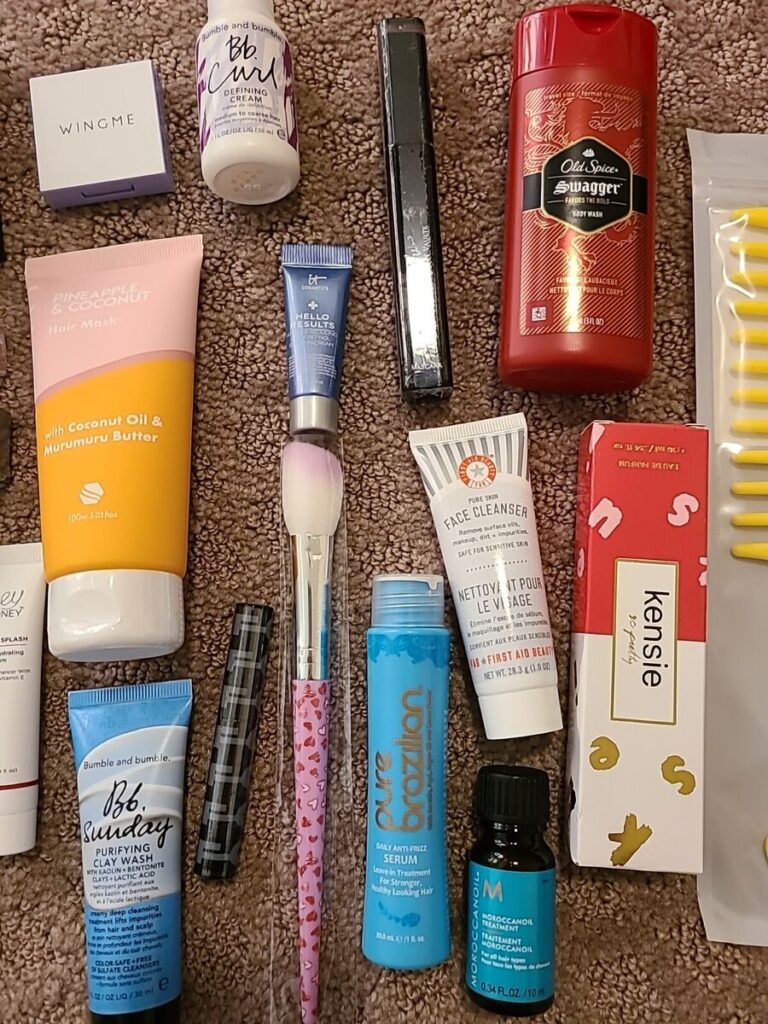Makeup, as an art form and cultural practice, has existed for millennia, undergoing profound transformations in terms of application techniques, societal perceptions, and the products themselves. From the ancient Egyptians using kohl to define their eyes to modern-day cosmetics brands innovating in product formulas and sustainability, makeup has been integral to both individual expression and cultural norms. This extensive exploration will delve into the history, artistry, influence, and future of makeup.
A Brief History of Makeup
Makeup’s roots can be traced back over 5,000 years, with the earliest evidence of cosmetic use found in ancient Mesopotamia. Both men and women from these early societies used cosmetics to enhance their appearance, protect their skin, or communicate social status. In ancient Egypt, makeup was highly ceremonial, with kohl applied to the eyes to ward off the “evil eye” and prevent sun glare. The Egyptians also used a variety of natural ingredients, such as henna, to paint their nails and stain their lips.
The classical civilizations, including Greece and Rome, continued the trend of cosmetics. The Greeks used white lead powder to lighten their skin and chalk for their lips, while Romans often used red ochre to color their cheeks. Both societies also employed intricate perfumes, which were often as much a part of the daily beauty ritual as makeup. These early uses of makeup were not just about beauty—they were seen as an indication of social rank, cultural affiliation, and even health.

In the Middle Ages, the use of makeup dwindled in Europe, particularly with the rise of Christianity, where natural beauty was often emphasized as a sign of modesty. However, the Renaissance era saw a resurgence of interest in beauty, and makeup again became a means of both enhancing one’s appearance and symbolizing wealth and status. Pale faces, achieved through the use of lead-based white powders, became the hallmark of the time, with blushing cheeks being painted with vermilion.
Fast forward to the 18th and 19th centuries, and makeup continued to be reserved for those in the upper echelons of society. In Victorian England, pale, unblemished skin was synonymous with class and privilege, and the use of cosmetics remained controversial and often stigmatized. However, by the 20th century, makeup had become an integral part of women’s beauty routines, fueled by the rise of film, fashion, and mass advertising.
Makeup in the 20th Century: A Revolution of Glamour and Industry
The 20th century witnessed the democratization of makeup. The invention of new products, combined with mass production and advertising, allowed makeup to become accessible to a broader audience. The glamour of Hollywood in the 1920s and 1930s helped to create an idealized vision of femininity—sleek, polished, and sophisticated. The rise of silent film stars such as Clara Bow and Greta Garbo, who were known for their bold eye makeup and defined brows, contributed to the growing popularity of cosmetics.
With the advent of color films, makeup became a crucial part of the cinematic persona. Starlets like Marilyn Monroe, Audrey Hepburn, and Elizabeth Taylor became iconic not only for their acting but also for their distinctive makeup styles. Monroe’s platinum blonde hair, red lips, and winged eyeliner became synonymous with glamour, while Hepburn’s understated elegance made her iconic look timeless.
In the post-war years, makeup continued to evolve, with the rise of mass-market beauty brands. In the 1950s, brands like Revlon and Estee Lauder brought makeup to the mainstream, making it a part of everyday life for women of all economic backgrounds. In the 1960s, the counterculture movement and the influence of artists like Twiggy introduced bolder, experimental makeup, with dramatic false lashes and mod-inspired looks.
The 1980s saw a shift toward excessive glamour, with bold eyeshadows, bright blush, and dramatic lip colors, mirroring the excess of the decade. Think Madonna’s extravagant, edgy makeup styles or the opulent “dynasty” looks that characterized many women’s makeup routines. Conversely, the 1990s ushered in a more minimalist approach, with the advent of the “fresh-faced” look. Popularized by models like Kate Moss, this style emphasized natural beauty, with a focus on glowing skin and nude lips.
The Science and Artistry Behind Makeup
At its core, makeup is both a science and an art. It combines elements of chemistry, technology, and creativity to achieve specific aesthetic effects. Modern makeup is crafted from a wide range of ingredients, including pigments, emollients, preservatives, and binders. Each component is carefully selected to create a product that is safe, long-lasting, and effective.

The development of makeup products requires a thorough understanding of human skin. Ingredients must be chosen with care to avoid irritation, and formulas must be tested for compatibility with different skin types. For example, oily skin may require a more matte foundation formula, while dry skin benefits from hydrating, dewy products. Furthermore, the skin’s natural pH level plays a significant role in how makeup interacts with the skin.
The artistry of makeup goes beyond the technical aspects and dives deep into personal expression. Makeup allows individuals to create an image of themselves that resonates with their identity or mood. From the bold, graphic eyeliner looks of the 2020s to the minimalist skincare-inspired makeup looks, makeup is a form of self-expression. Professional makeup artists also work to create specific looks for fashion shows, photoshoots, and red carpets, often transforming models and celebrities into entirely different personas.
Techniques like contouring, strobing, and baking have revolutionized the way people approach makeup application. Contouring, which uses darker shades to sculpt the face and lighter shades to highlight certain features, gained widespread popularity through social media platforms like Instagram. The ability to manipulate light and shadow to create a sculpted, chiseled look was pioneered by makeup artists like Kim Kardashian’s long-time makeup artist, Mario Dedivanovic. Strobing, which highlights the high points of the face for a dewy, luminous glow, offers an alternative to contouring for those who prefer a more natural, glowing finish.
Moreover, the rise of video tutorials and beauty influencers has changed the way makeup is perceived. With platforms like YouTube and Instagram, beauty enthusiasts can now share their tips and tricks with the world, breaking down complex makeup looks into simple steps that anyone can replicate. The internet has democratized makeup artistry, making it accessible to people all over the world and encouraging experimentation and creativity.
The Role of Makeup in Society
Makeup has always played a significant role in society, influencing and reflecting cultural norms, gender expectations, and beauty standards. Throughout history, makeup was a privilege of the wealthy and powerful, often signaling status or power. In modern times, it has become a staple in many people’s daily routines, with beauty standards evolving along with the times.
The makeup industry, now a multi-billion dollar global market, has shaped the way we perceive beauty. It has established certain ideals—such as flawless skin, full lips, and large eyes—that have been widely propagated by the media. This has led to the development of a set of societal pressures, particularly for women, to conform to these standards of beauty. However, as societal norms have evolved, so too has the perception of beauty. Today, there is an increasing push for inclusivity and diversity in the beauty industry.
Many makeup brands are now focused on expanding their range of shades to include all skin tones. Fenty Beauty, launched by Rihanna in 2017, was a game-changer for the industry, offering 40 shades of foundation to cater to a diverse range of skin tones. This level of inclusivity was previously unheard of in mainstream cosmetics. As a result, other brands followed suit, and the industry as a whole began to embrace the idea that beauty comes in all colors, shapes, and sizes.
Makeup is also being used as a tool for empowerment. For some, wearing makeup is an act of self-expression that goes beyond just aesthetics. It allows individuals to feel more confident or more in tune with their personal identity. Whether it’s wearing bright red lipstick to assert power in the workplace or using makeup to express one’s mood or political stance, makeup is often more than just a beauty routine—it’s a form of self-empowerment.
The beauty industry’s increased focus on mental health awareness and body positivity has also played a significant role in redefining makeup. In recent years, many makeup brands have begun to advocate for self-love, challenging traditional beauty standards and encouraging consumers to feel comfortable in their own skin, whether they wear makeup or not.
The Future of Makeup
The future of makeup lies at the intersection of technology, sustainability, and inclusivity. As consumers become more environmentally conscious, brands are being pressured to adopt sustainable practices, whether it be through biodegradable packaging, cruelty-free ingredients, or eco-friendly product formulas. Many beauty companies are now exploring the use of sustainable ingredients, such as plant-based formulations, and even offering refillable products to reduce waste.
Technology is also playing a significant role in shaping the future of makeup. Augmented reality (AR) technology has already revolutionized the way consumers shop for makeup, with virtual try-ons that allow people to see how products will look on their faces before purchasing them. This type of technology is expected to become more advanced in the coming years, potentially allowing for more personalized beauty experiences based on one’s skin tone, facial features, and preferences.
In addition to technological advancements, the future of makeup will likely continue to prioritize diversity and inclusivity. As societal attitudes toward beauty become more open-minded, the industry will likely continue to embrace a broader definition of what is considered beautiful, ensuring that people of all backgrounds, ethnicities, and identities can see themselves represented in makeup ads, product ranges, and campaigns.
Conclusion
Makeup is an ever-evolving art form and cultural phenomenon that reflects both individual identity and societal values

No responses yet